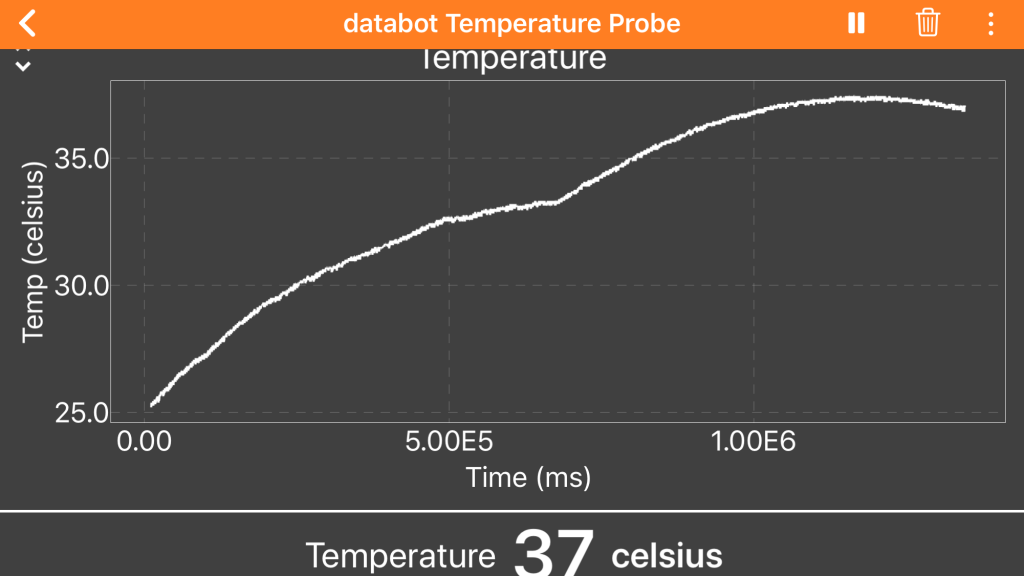Awesome possum science explorer. You’ve learned a lot about Carbon Dioxide and how important it and other greenhouse gases are to keep us warm. You’ve also learned that our steadily increasing levels of CO2 could be harmful – what if our planet gets too warm? Let’s explore the CO2 challenge further with another experiment. Ready? Let’s go!
Great Work!
Now that you’ve mastered PDQ 1 and 2, are you ready for a bigger bite? Next stop, the Experiment!






 You’re Getting Warmer! by
You’re Getting Warmer! by